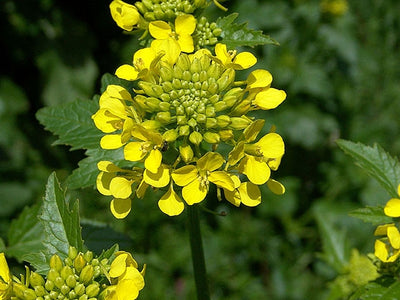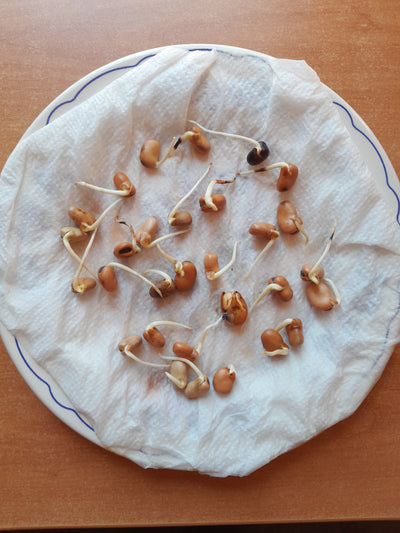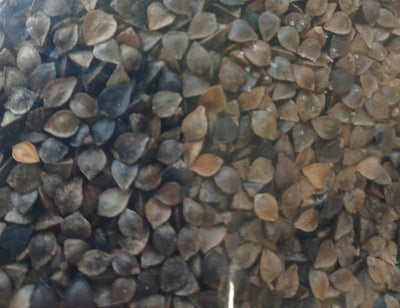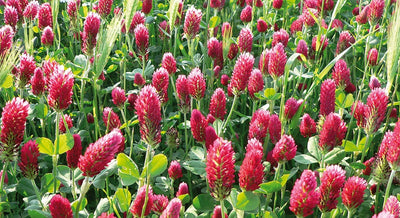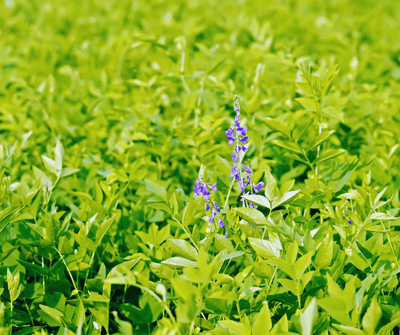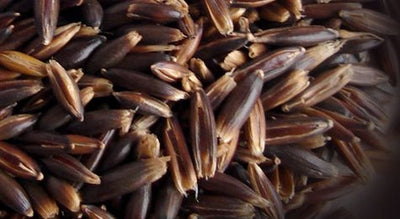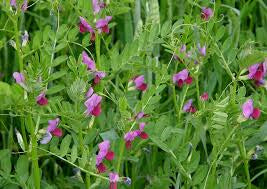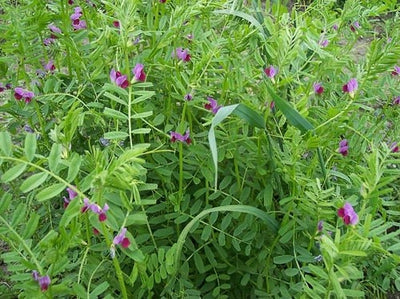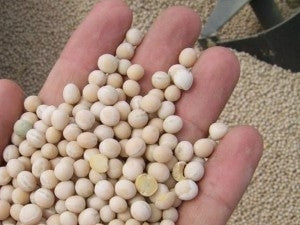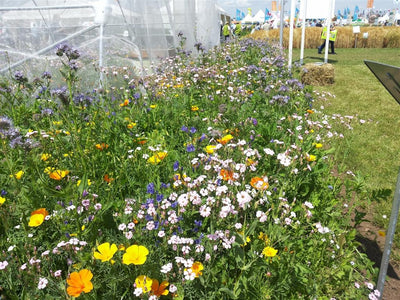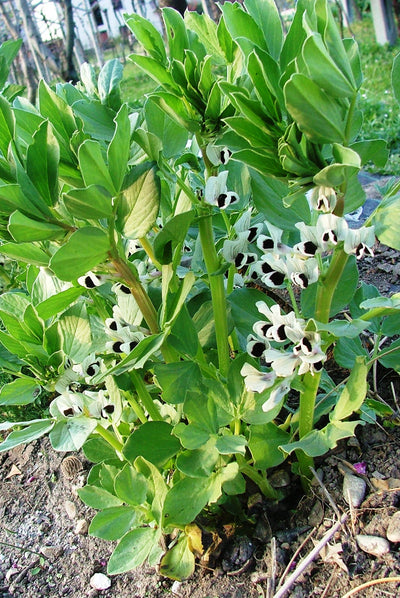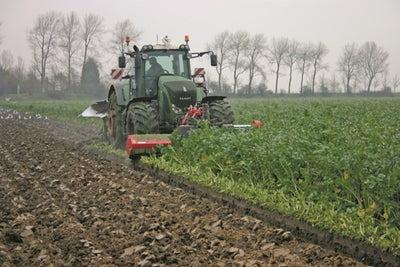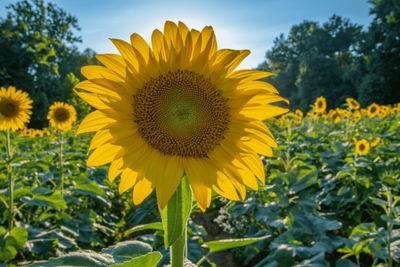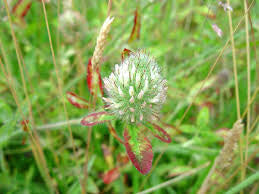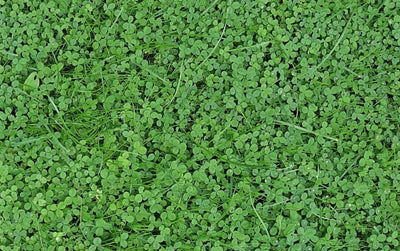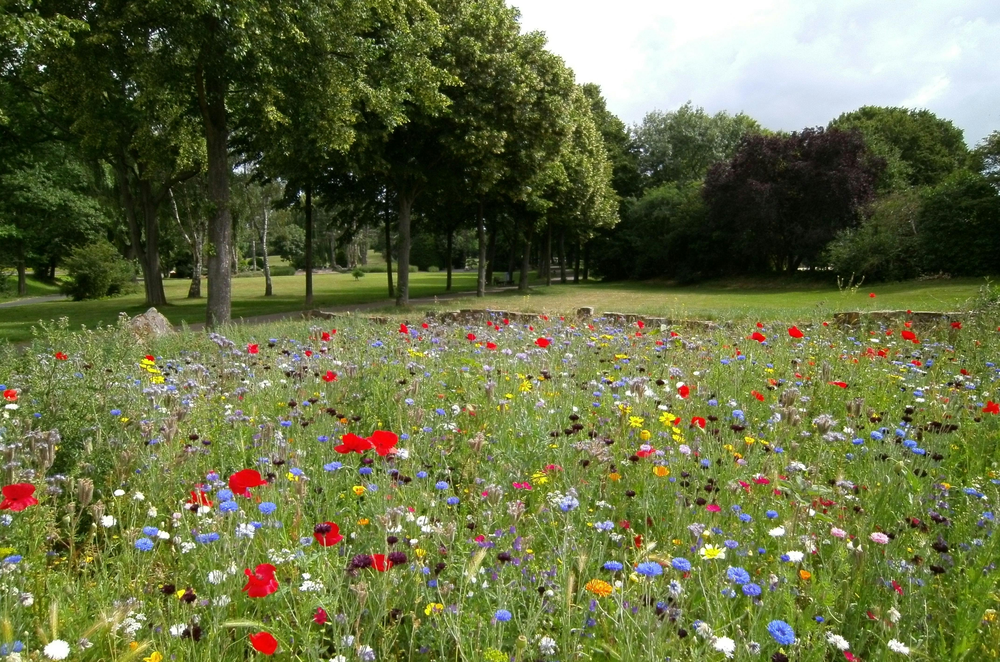
GREEN MANAGEMENT
Green manure is an agronomic practice consisting of burying specific crops with the aim of covering the soil and maintaining or increasing the fertility of the land. Green manure usually lasts from 4 weeks to six months and is then buried. It would be useful to follow the burial with a treatment of horn manure and fladen to aid the digestion of organic matter.
The results that can be obtained are of various types:
– increase of organic matter in the soil;
– slowing down of erosive phenomena;
– maintenance of nitrate nitrogen content
– reduction of drought because the humus in the soil retains up to 10-12 times the volume of water
– increase in bacteria and fungi in the soil (in one hectare of healthy soil we have up to 100 quintals of living beings)
Another technique that is no longer widely used, but is very useful for cereals, is the interseeding of legumes in cereal fields in spring, because one of the greatest damages is leaving the soil bare after the wheat harvest in June, July, and August, the warmest months, where much of the beneficial bacterial and fungal life is lost. The recommended varieties are alfalfa, clover, and vetch, sown between the rows of cereals from January to March.
Soil is often over-trampled and compacted by mechanical means, forming a hard, asphyxiated structure that impedes normal biological functions. A green manure mix can significantly improve soil structure and enrich subsoil life, improving its fertility. This also improves biodiversity, establishing a natural balance between the various elements that help contain and/or prevent problems caused by harmful insects (e.g., aphids). Plants with strong growth and roots that can break down the soil and reach deep into the soil are beneficial. The above-ground portion must attract a significant number of beneficial insects over a long period.
In this context, the soil rapidly increases in organic matter and other nutrients. The mixtures also have the important function of eliminating weeds, even the most stubborn ones (such as couch grass).
Green manure from legumes is particularly important as they are among the few plant species capable of directly fixing atmospheric nitrogen. Usually, at least eight plant families are used to formulate green manures.
To ensure maximum germination and freshness, all professional seeds are bagged upon order and are therefore not immediately available. However, delivery may take 10 to 15 days, depending on the practical bagging times.
Since some organic seeds may be in limited supply, EC Regulation 834/07 allows the use of untreated seeds if stocks are exhausted. Therefore, please pay attention to the product you purchase, carefully reading its type of certification. If the product is untreated, you will need to request a derogation from ENSE 30 days before sowing.


